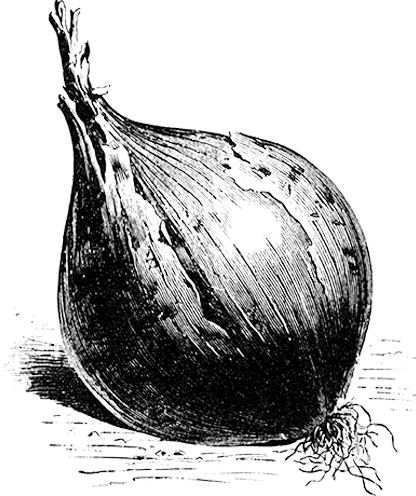Information
Beautiful golden yellow turnip presented in 1863. It has a light yellow, tender and sweet flesh, which is reminiscent of turnip. The roots are very uniform, completely spherical and smooth. Gold Ball is more frost resistant, and can be stored longer than most other varieties. A portion contains about 300 seeds.
| Product number: | 5780 |
|---|---|
| Scientific name: | Brassica rapa |
| Botanic family: | The Mustard Family - Brassicaceae |
| Organic: | Yes |
| Days to maturity: | 55 |
| Lifespan: | Biannual |
| F1 Hybrid: | No |
| New variety: | No |
| Sowing time: | April–August |
| Sowing depth: | 1 cm |
| Germination time: | 3–6 days |
| Plant spacing: | 5–10 cm |
| Row spacing: | 35–50 cm |
| Height: | 30 cm |
| Plant location: | Sun–Half shade |
| Harvest/blooming: | June–September |
| Seeds/g: | 400–600 seeds |
| Heirloom variety: | Yes |
Cultivation advice
Sowing
Sow early in spring as soon as the soil is ready ab. 1cm deep. The egg turnip grows quickly and easily becomes spongy if allowed to grow too large. Thus it is good to sow gradually, a few weeks between the sowings. Roots for storage should be sown in July-August.Spacing
5-10 cm between the plants and 35-50 cm between the rows.Harvest
Harvest the egg turnip during the whole summer from a size of a few centimeters in diameter and so on. Those roots which are intended for storage should be taken up in late autumn. Do, however, let them thaw out completely before harvest after frosty nights. Save a few centimeters of the tops and put the roots in sacks in a cool, damp place. Most egg turnips do not keep for more than a few months in a ground cellar. When harvested young they can be used raw in salads, the can be soured or fried and mix it in casseroles, soups, gratins etc.Seed
400-600 seeds/g. One portion sows 15-20 m, 15 g sow 100m.A portion contains about 300 seeds.
